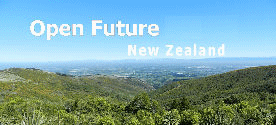
Public Health is the Preventitive Action that Keeps People Healthy.
Public Health Community Protection
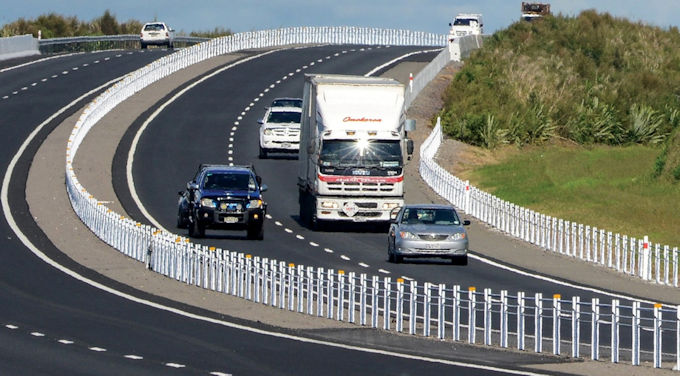 Public Health solutions to epidemics were are widely known but seldom acted on. They are very effective if implemented, but almost everywhere neglected. With Covid-19, both governments and the public were looking in the wrong direction. They were looking for a medical cure. What was really needed was a prevention strategy. Even then, when preventions were discussed people were seeking ONE change to make the problem go away. The best public health response requires several changes to the way we think about the virus and in how we choose to behave. Public Health prevention strategy is like building a fence without holes in it. It required several actions, all of which need to be applied simultaneously to make the fence effective.
Public Health solutions to epidemics were are widely known but seldom acted on. They are very effective if implemented, but almost everywhere neglected. With Covid-19, both governments and the public were looking in the wrong direction. They were looking for a medical cure. What was really needed was a prevention strategy. Even then, when preventions were discussed people were seeking ONE change to make the problem go away. The best public health response requires several changes to the way we think about the virus and in how we choose to behave. Public Health prevention strategy is like building a fence without holes in it. It required several actions, all of which need to be applied simultaneously to make the fence effective.
For the household, as an example, people needed to keep within the family "bubble" as much as possible. Stay at home if you can. Wash your hands. Create a red-zone for products entering the home from the supermarket. Wash particularly fruit and vegetables as they enter the green-zone of your home. Keep a social distance (2m) from people you speak with. Being outdoors is protective. Wearing a mask is a nuisance, but it's also protective. Avoid large groups. If you must be indoors with strangers, wear a mask. When one family does this nothing really changes; they remain vulnerable. When all the families in a community do this, the virus struggles to find any place to propogate itself. The number of infections will fall and it will soon vanish.
Information Vacuum - Not Knowing
 Sixteen months after the beginning of the Covid-19 pandemic we still don't know how many people are asymptomatic and yet infectious. We now know that airborne spread is the most common way for the virus to spread. That in hotels, rest homes, hospitals, restaurants and office buildings, although people are physically separated, the ventilation system can carry the virus. Open the windows, or get outdoors. In New Zealand we thought that someone caught Covid-19 from the buttons in the lift. It now seems that the ventilation system in the lift was at fault.
Sixteen months after the beginning of the Covid-19 pandemic we still don't know how many people are asymptomatic and yet infectious. We now know that airborne spread is the most common way for the virus to spread. That in hotels, rest homes, hospitals, restaurants and office buildings, although people are physically separated, the ventilation system can carry the virus. Open the windows, or get outdoors. In New Zealand we thought that someone caught Covid-19 from the buttons in the lift. It now seems that the ventilation system in the lift was at fault.
Decision makers wanted better information. Members of public, trapped at home also wanted better information. This was a time, from January 2020, until at least December 2020, when reliable information was scarce, and even then clouded with probability and doubt. Particularly, health professionals not wanting to be "wrong", had difficulty communicating with the public in a clear, unambiguous way.
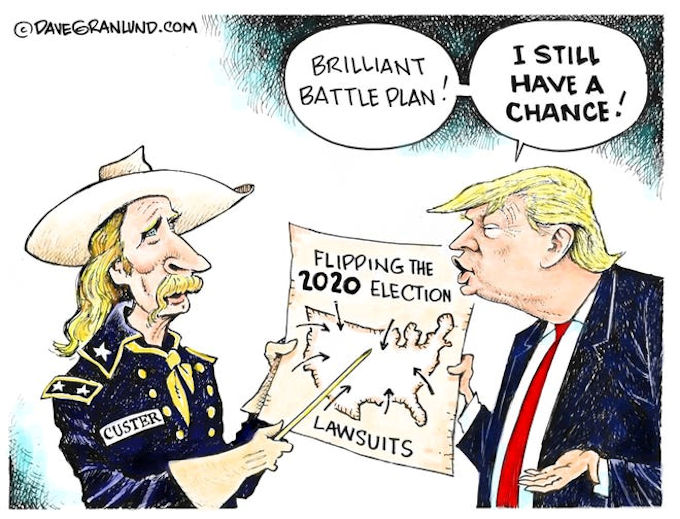 In contrast medical quacks and politicians could make statements that sounded authentic, but misreported the situation. That filled the information black hole, but created dysinformation and confusion. Little wonder then that on social media all sorts of stories were circulating. If a society suffers from large division between the rich and the poor, or racial division, that soon became reflected in the stories about who gets sick, and who does or does not get treated. Both no news, and fake news can be very damaging in a democracy.
In contrast medical quacks and politicians could make statements that sounded authentic, but misreported the situation. That filled the information black hole, but created dysinformation and confusion. Little wonder then that on social media all sorts of stories were circulating. If a society suffers from large division between the rich and the poor, or racial division, that soon became reflected in the stories about who gets sick, and who does or does not get treated. Both no news, and fake news can be very damaging in a democracy.
![]() From The Conversation: "The term 'News' suggests the default is truth or a commitment to truth. If they are true to their profession, journalists demonstrate a higher commitment or calling, to get stories right, or at least not to fake it. Intentional falsification results in professional suicide."
From The Conversation: "The term 'News' suggests the default is truth or a commitment to truth. If they are true to their profession, journalists demonstrate a higher commitment or calling, to get stories right, or at least not to fake it. Intentional falsification results in professional suicide."
Many people actively contributed to the spread of false Covid-19 information. President Donald Trump of course is the stand-out, but many others including the President of Brazil, and the Prime Minister of the United Kingdom.
![]() The BBC have a section on fake news where you might be able to read the latest horrible examples.
The BBC have a section on fake news where you might be able to read the latest horrible examples.
False Activity - Busy Work
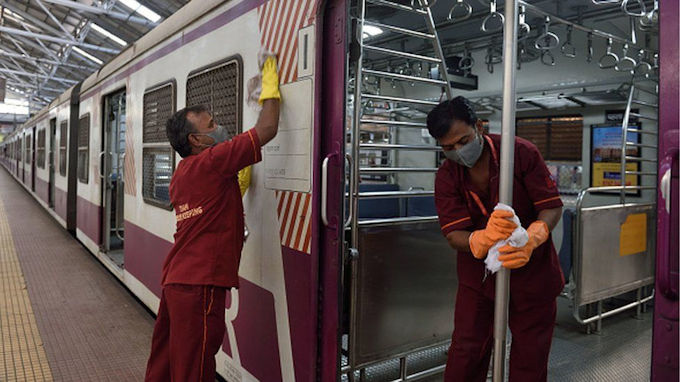 In the beginning it was not known how the Covid-19 virus was being spread, The most obvious thing was that people with the virus would touch surfaces and leave traces of the virus that other people would gather by touching the same surface. So we saw lots of people vigorously cleaning surfaces. And teams of people dressed in protective clothing spraying surfaces at bus stops and outside shops. While this looked good, it's doubtful now, how much it helped. Businesses which did a "deep clean" before re-opening were restoring public confidence by the active display of good hygiene, but probably didn't do anything that would reduce the spread of the virus.
In the beginning it was not known how the Covid-19 virus was being spread, The most obvious thing was that people with the virus would touch surfaces and leave traces of the virus that other people would gather by touching the same surface. So we saw lots of people vigorously cleaning surfaces. And teams of people dressed in protective clothing spraying surfaces at bus stops and outside shops. While this looked good, it's doubtful now, how much it helped. Businesses which did a "deep clean" before re-opening were restoring public confidence by the active display of good hygiene, but probably didn't do anything that would reduce the spread of the virus.
In the same way temperature checks were introduced in many high traffic gateways. This would detect a raised temperature, but does not detect people with Covid-19 who are as yet asymptomatic. The problem with "busy work" was that it gave the impression of good public safety and the exercise of expertise, that was false.
Scape-Goating - Magical Thinking
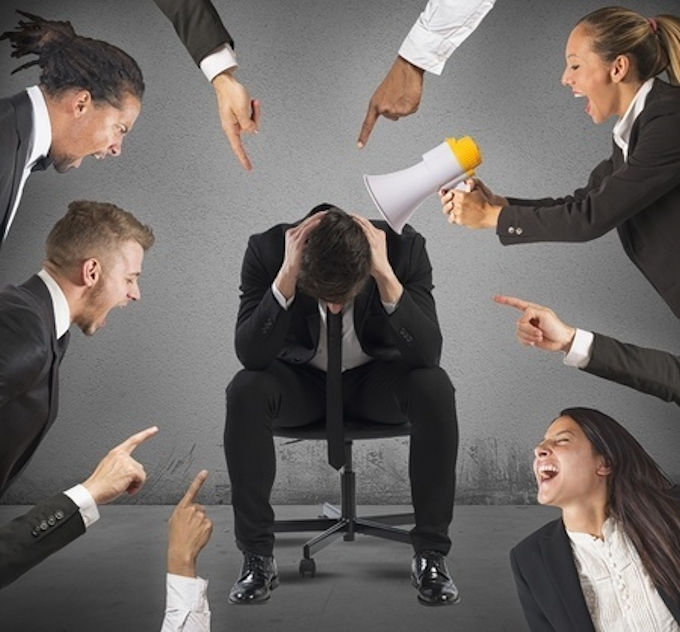 President Donald Trump, while minimizing the expected effect of Covid-19, insisted on calling it the "China Virus" and blaming the Chinese for it's spread. Placing the blame on the Chinese does nothing to get America ready for the coming pandemic. In almost every nation the impact of the coming pandemic was understated. Time that could have been used to stock up on protective clothing for health workers, training teams of contact tracers, and ramping up PCR testing facilities was wasted.
President Donald Trump, while minimizing the expected effect of Covid-19, insisted on calling it the "China Virus" and blaming the Chinese for it's spread. Placing the blame on the Chinese does nothing to get America ready for the coming pandemic. In almost every nation the impact of the coming pandemic was understated. Time that could have been used to stock up on protective clothing for health workers, training teams of contact tracers, and ramping up PCR testing facilities was wasted.
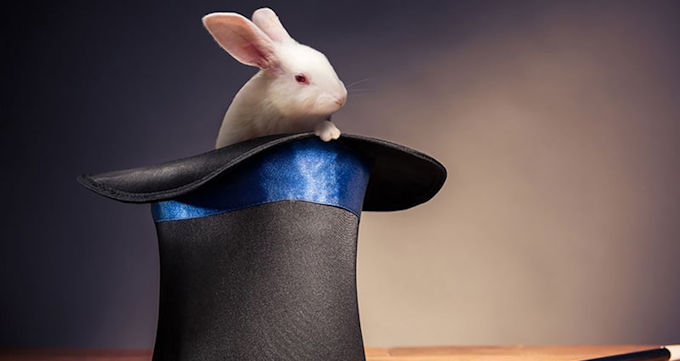 People with symptoms were asked not to go to work. Some people, often those on low wages anyway, and with insecure employment, ignored that request. It's easy to blame people, but in many places there is no sick leave available, no guarantee that in your absence from work, you would be paid, and even if the social welfare system offered compensation, how long will it take for the funds to arrive?
People with symptoms were asked not to go to work. Some people, often those on low wages anyway, and with insecure employment, ignored that request. It's easy to blame people, but in many places there is no sick leave available, no guarantee that in your absence from work, you would be paid, and even if the social welfare system offered compensation, how long will it take for the funds to arrive?
Some people thought that the virus was a seasonal thing. After the winter it will "fizzle out." Some doubted that the virus existed. "Nobody here has it." Others thought that the vaccine would be here "soon" as Donald Trump was saying, and the problem would end. Donald Trump for about a month kept telling people that hydroxychloriquine was a "cure."